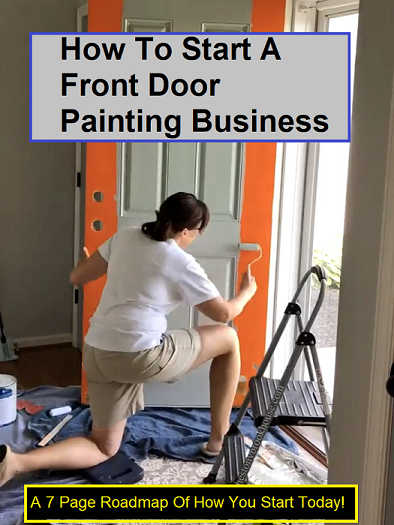Does A Front Door Painting Business Make Money?
Actual Pricing & Revenue Scenarios
Common pricing models for a standard front door (including prep, primer, two coats of paint, simple hardware removal):
- Flat-rate per door: $150 – $300
- Per-hour basis: $40 – $75/hour
| Doors/Day | Avg Price/Door | Daily Revenue | Annual Revenue (250 days) | Net Profit (20% margin) |
|---|---|---|---|---|
| 3 | $200 | $600 | $150,000 | $30,000 |
| 5 | $200 | $1,000 | $250,000 | $50,000 |
| 8 | $200 | $1,600 | $400,000 | $80,000 |
Realistic net margins for small painting operations run between 13 % and 27 % after expenses.
Key Success Factors
- Accurate Estimating: Know your door prep times and paint coverage rates.
- Targeted Marketing: Focus on neighborhood associations, realtors, and home-improvement social groups.
- Product Differentiation: Offer color consultations, high-durability coatings, or custom finishes.
- Efficient Scheduling: Bundle nearby jobs to reduce travel time and maximize daily throughput.
Conclusion
A front door painting business can be a cash-flow-positive venture with low barriers to entry. By leveraging niche marketing, refining your cost controls, and maintaining sharp estimating practices, you can build a specialized service that routinely nets $30 K–$80 K+ per operator annually—often outperforming generalist painters.





